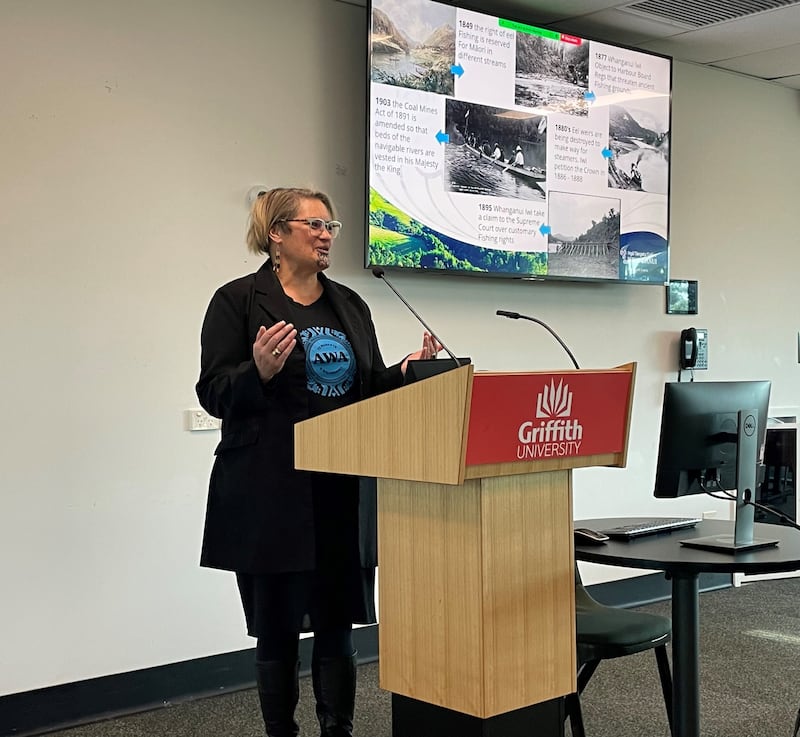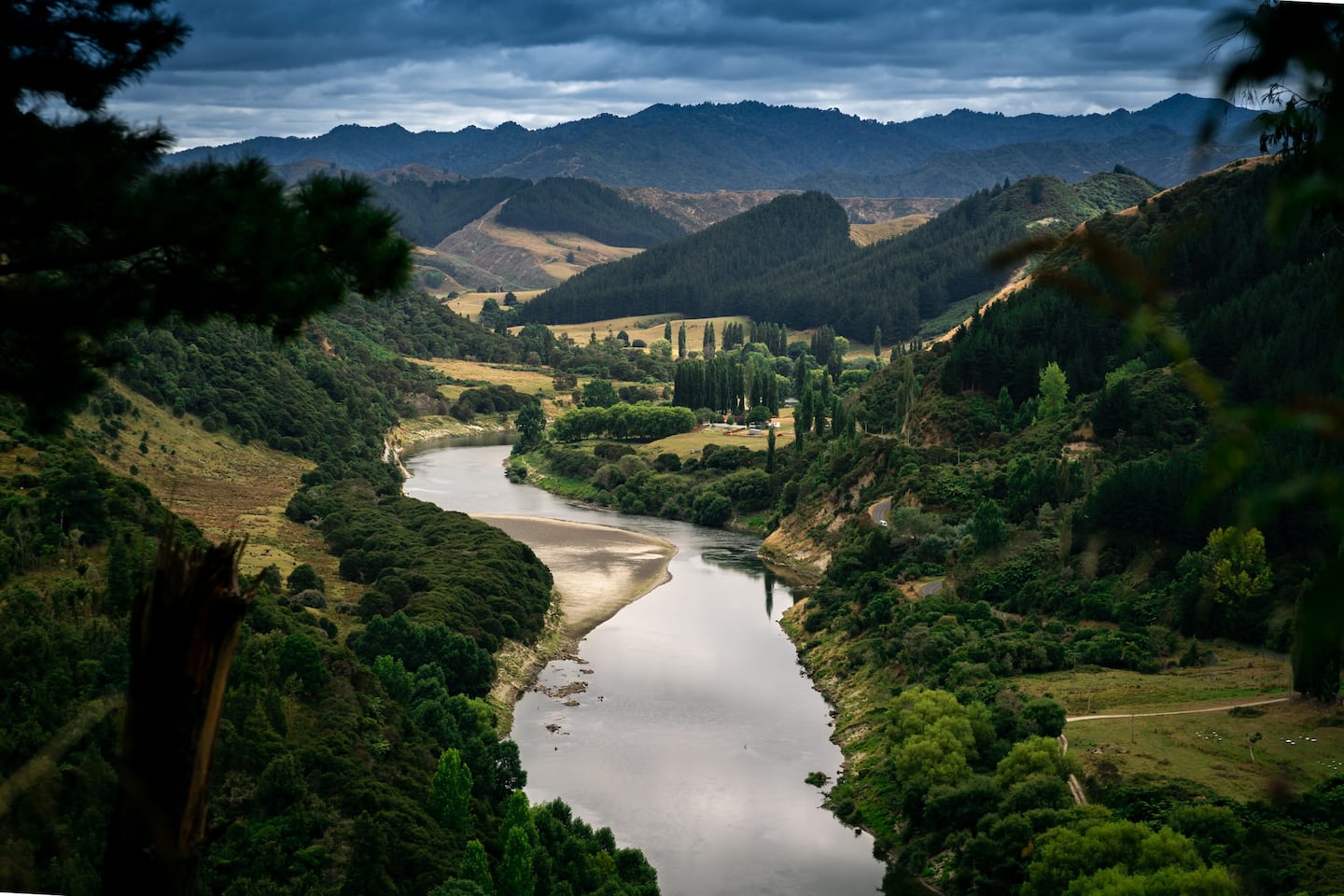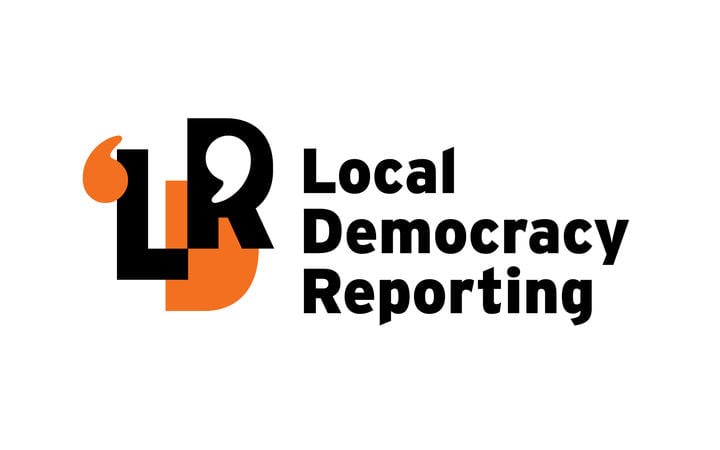An international research partnership with Whanganui Māori will help develop a detailed restoration plan for the Whanganui River catchment.
Whanganui tribes recently settled on their strategy to lift the health of the first river in the world to be recognised as a living being. A comprehensive action plan is their next step.
Tribal authority Ngā Tāngata Tiaki o Whanganui (NTT) is partnering with Griffith University’s Australian Rivers Institute to work out the best way to implement the strategy.
NTT kaihautū/chief executive officer Nancy Tuaine said the collaboration comes after more than five years of working with local authorities and interest groups to agree on a strategy.
The 290km navigable Whanganui River is New Zealand’s third-longest river. Rising from the slopes of Tongariro, it flows through the Whanganui National Park reaching the coast at Whanganui city.
Tuaine said a world-leading settlement between Māori and the Government seven years ago gave the river and its tributaries the rights, duties and liabilities of a legal person.
Te Awa Tupua (Whanganui River Claims) Settlement Act 2017 also enshrined indigenous values as the basis for making decisions about the river.
The Act brought together mayors and leaders of local and regional councils, environmental and conservation groups, the tourism, primary and recreational sectors, iwi and hapū, and others to work on a plan to tackle river degradation.
“We have created our strategy for the awa, but below that there’s no combined effort in implementation,” Tuaine said.
“We see a lot of investment in activity occurring across the catchment but it’s not attached to a single plan.”
A small iwi team visited Griffith University this week to get work started. Whanganui kaimahi Jake Robinson, Gordon Cribb and Javell Ranginui will take the lead locally.
The research exchange will centre on Griffith’s Building Catchment Resilience (BCR) decision-making tool, which was developed to respond to the impact of flooding and extreme weather events in Australia.
The impacts of these events include increased sediment and nitrogen pollution, greater flood risk and damage, and erosion.
The BCR tool integrates flood mapping with environmental and economic data to help manage investment in catchment restoration.

Tuaine said the research team would build the tool to help guide and optimise restoration activities for the Whanganui River, providing full cost-to-benefit analysis for all stakeholders.
“We’re going to work with Griffith to create an understanding of what good investment looks like, what to do to improve health and wellbeing of the awa, and what it would cost.
“It will give us the evidence base to decide, for example, where best to undertake hill slope retirement or riparian planting, or where to establish wetlands.”
Tuaine said a single action plan for all stakeholders would eliminate costly inefficiencies such as duplication of initiatives like water testing.
“We can look to combine our efforts. We’re all aiming for the same outcome but the system and the way things are funded through different ministries and councils is not connected.”
The collaboration is expected to take at least a year.
Tuaine said Whanganui iwi and hapū see the health and wellbeing of one element of the river as intrinsically connected to the health and wellbeing of the whole river, and to its people.
“For decades, people in past governments have rejected this view and have treated the river as a commodity, breaking it down in parts and overriding our concerns, causing harm to our waterways and ecosystems.
“The Te Awa Tupua (Whanganui River Claims Settlement) Act 2017 has given the river its voice back, and it is calling on the wider community to now view it holistically, as a living and indivisible whole.
“By working together and making collective decisions to keep the river clean and healthy, we represent a long-overdue paradigm shift, and a move towards restorative justice and sustainable practices for healthy waterways.”
Australian Rivers Institute director Professor David Hamilton said the research would provide a range of nature-based solutions that the tribal authority could consider for restoring the Whanganui River.
The research partnership was an exciting opportunity for indigenous people and river scientists to work together, Hamilton said.
“This relationship signals the significance of First Nations people in water management and coincides with the release [in Australia] of the 2024 Inquiry Report on the National Water Reform, which recommends an increase in the involvement and participation of First Nations in water management.”
LDR is local body journalism co-funded by RNZ and NZ On Air




